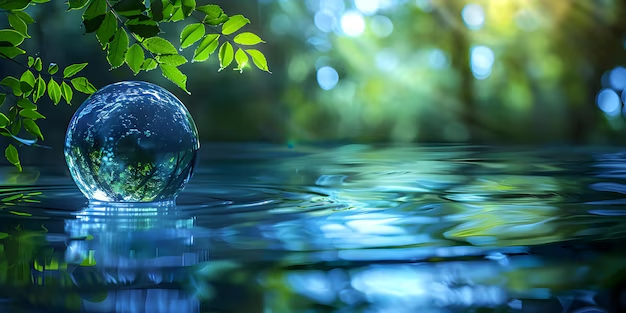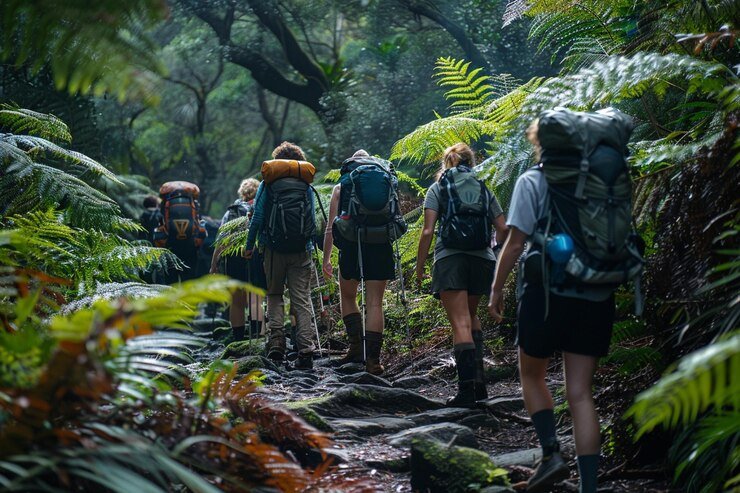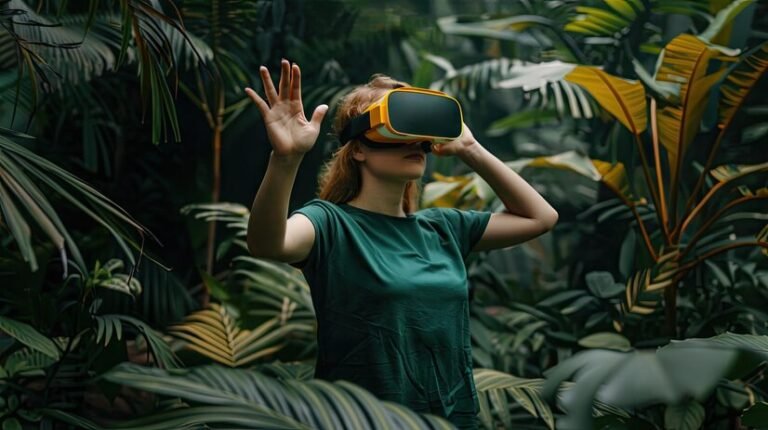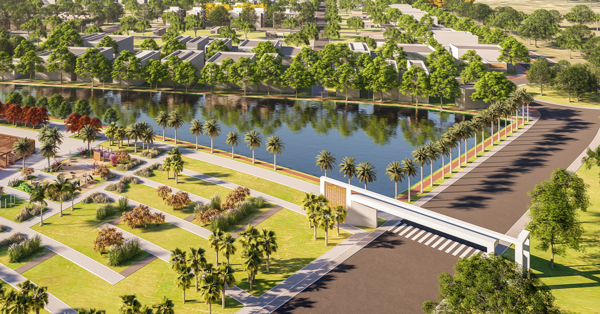Water Conservation Technologies: Guide for a Sustainable Future
The water crisis is no longer a distant threat — it’s already here. In 2025, climate change, population growth, and excessive consumption have made water conservation a top global priority. It’s not just about saving on your water bill anymore; it’s about ensuring a healthier future for the planet and ourselves. Water is life, and using it responsibly is a commitment we all need to make.
Fortunately, technology has become a powerful ally in this shift. Practical, affordable, and innovative solutions are helping families, businesses, and entire communities reduce waste. From smart irrigation to rainwater harvesting, these tools are within reach — we just need to apply them. And the more people get involved, the bigger the positive impact we create together.
This four-layer guide will introduce you to real, actionable ways to make a difference. These aren’t just theories — they’re practical, sustainable solutions, and often easier to implement than they seem. Let’s start with the “why” — and then we’ll show you how.

Why Water Conservation Matters?
Water scarcity is becoming one of the most urgent environmental issues of our time. Prolonged droughts, extreme climate events, and uncontrolled consumption call for smarter water management. In 2025, conserving water is a global necessity, not just an eco-friendly option. Whether at home, on the farm, or in the city, it’s time to shift habits and embrace new technologies.
By investing in water-saving technologies, people and businesses not only reduce costs but also lessen their environmental impact. Best of all, many of these solutions are now more accessible, with scalable options for all types of users. Taking this path also means taking responsibility — and inspiring others to do the same.
Understanding the urgency is the first step. The next is learning how to take action, using the many effective tools already available. So let’s explore what they are — and how to start using them today.
Smart Irrigation for Efficient Water Use
Did you know traditional irrigation systems can waste up to half the water they use? It happens due to overwatering, poor programming, or lack of proper sensors. Smart irrigation systems solve this problem with technology that delivers water only when and where it’s needed. Healthier plants, less waste, and better results.
With soil moisture sensors, weather integration, and app-based controls, these systems are already being used in urban gardens, farms, and residential lawns. Less water, more productivity, and less effort — that’s the promise of smart irrigation, adaptable to any scale or environment.
For those looking to cut water bills or start a greener lifestyle, this is a smart and easy first step. The systems are affordable, customizable, and offer a quick return on investment through the water they help save.
Greywater Recycling Solutions
Have you ever thought about reusing water from your shower or washing machine to water plants or flush toilets? With greywater recycling systems, that’s entirely possible. Greywater — lightly used water — can be filtered and reused for non-potable purposes, saving hundreds of liters each week.
These systems range from simple setups for homes to large-scale solutions in buildings and businesses. Many local governments now offer incentives or regulations to encourage adoption. The main benefit? You use the same water twice — safely and sustainably.
Greywater reuse is especially useful in regions where access to clean water is limited or drought conditions are common. It’s a smart, eco-friendly solution gaining popularity for its environmental and economic benefits alike.
Rainwater Harvesting and Other Smart Tools
Rainwater harvesting is one of the oldest and most effective water-saving techniques. Today, it’s getting a high-tech upgrade, with filters, UV purification, and smart sensors that monitor water quality and levels. Collected water can be used for irrigation, cleaning, or emergency reserves.
New tools are also emerging, such as AI-powered leak detection, low-flow fixtures, and apps to track your water usage in real-time. These innovations give consumers more control, allowing them to make smarter daily choices and reduce waste.
You don’t have to apply all of these technologies at once. Start with one — the simplest or most urgent for your lifestyle — and build from there. The important thing is to take the first step, because in 2025, water awareness is no longer optional — it’s a shared global responsibility.
The Future of Water Is in Your Hands
We’re living through a defining moment for our planet. The way we manage water today will shape the reality for future generations. With the right technologies, we can turn consumption into conservation and protect one of Earth’s most precious resources. Every action matters — and it starts at home, at work, or in your backyard.
What once seemed expensive or distant is now more accessible than ever. Smart irrigation, greywater reuse, rainwater harvesting, and monitoring tools are just some of the possibilities. What matters is looking at water use with intention — and acting accordingly.
Be part of the change. Make conscious choices, share good practices, and inspire your community. Water is life — and it’s in your hands to protect it.






